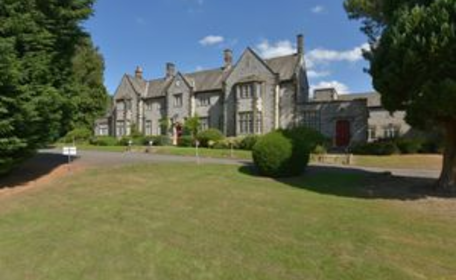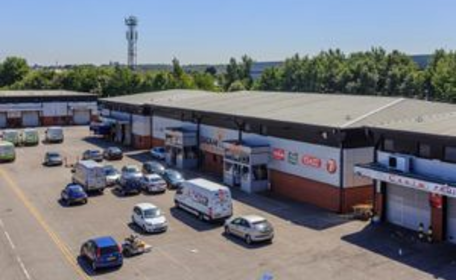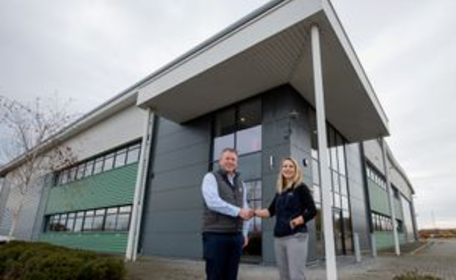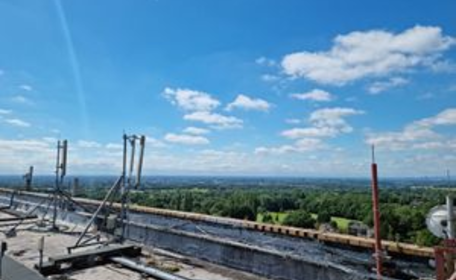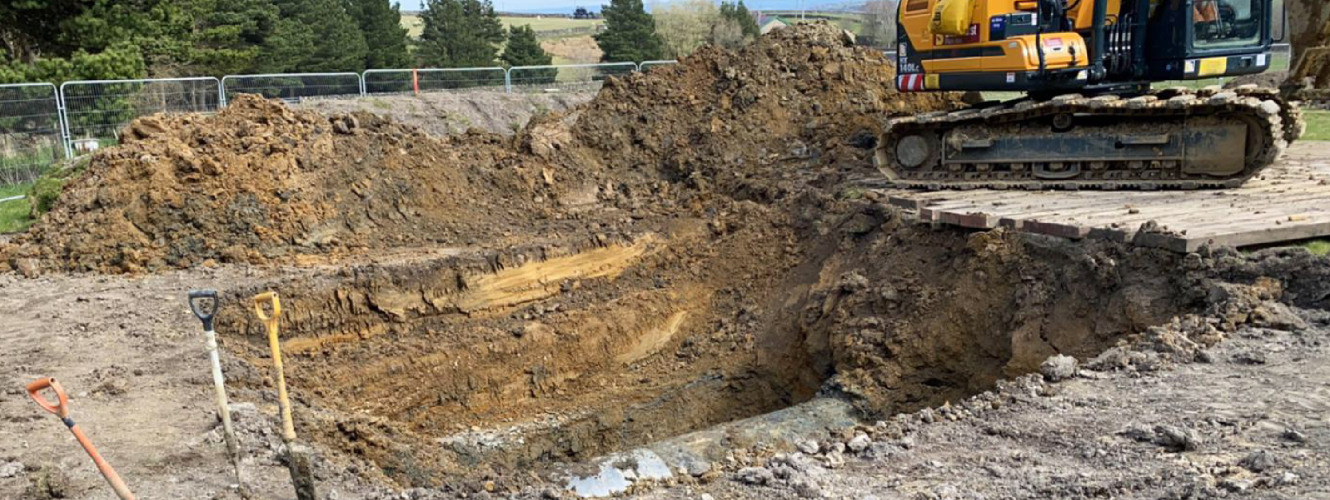
Project summary
- The faults were only accessible through a third-party landowner, which required a temporary access licence to be agreed.
- The wording of the existing historic Deed did not allow for heavy machinery nor specify the width of the working area.
Solution
- Licences were agreed prior to entry to ensure protection to all parties.
- Alterations to licences were made to ease the landowner’s concerns, adding clauses so that the grantor could keep all fencing and that there would be specific on-site working times and dates
- Special considerations were made by the sub-contractor to take into consideration the grantor’s horses and livestock: reinstating with specific grass seed mix, ensuring that any temporary fencing on-site was to a permanent equine standard and work was completed at sites in a specific order to facilitate grazing requirements.
- Using our GIS team, an alternative route and working area was negotiated and agreed quickly.
Benefits
- Using expert agricultural knowledge, we advised the works to be held off until March, to minimise disturbance to the grantor’s private shoot, decreasing compensation costs.
- We ensured all relevant stakeholders were liaised with effectively during works to maintain positive grantor relationships.
- Making bespoke changes to the licence has made the grantor more comfortable in general with future works on their land.



